Bugatti Type 38
Various pre-war models from Bugatti are still well known today. Almost every car fan has heard of the gigantic Type 41 Royale or the Type 35, which was extremely successful in motor sports. Likewise, the various body styles of the Type 57 up to the extremely rare Atlantic are always a feast for the eyes at concours events. In addition, however, there were other model series that Ettore Bugatti developed and manufactured with just as much attention to technical detail. In 1926, for example, the Type 38 appeared as the successor to the Type 30, taking over the two-liter inline eight-cylinder engine from its predecessor.
Optionally with or without supercharger
This engine alone is a treat for technology fans. Each piston has a diameter of 60 millimeters and a stroke of 88 millimeters. The crankshaft rotates in three ball bearings. Between 70 and 75 hp reach the rear axle via a four-speed manual transmission and a cardan shaft. This made a topspeed of 77.7 mph possible. One year after its market launch, Bugatti added the Type 38 A with a switchable supercharger to the range. This increased engine output to 90 or even 95 hp and maximum speed to 87 mph. Even when the Type 38 was still in production, customers complained that the normal model had too little power and that the Type 38 A had too large a supercharger. This part had been taken over unchanged from the Type 37 A racing car. As a result of these complaints, the successor model Type 43 was given a larger engine.
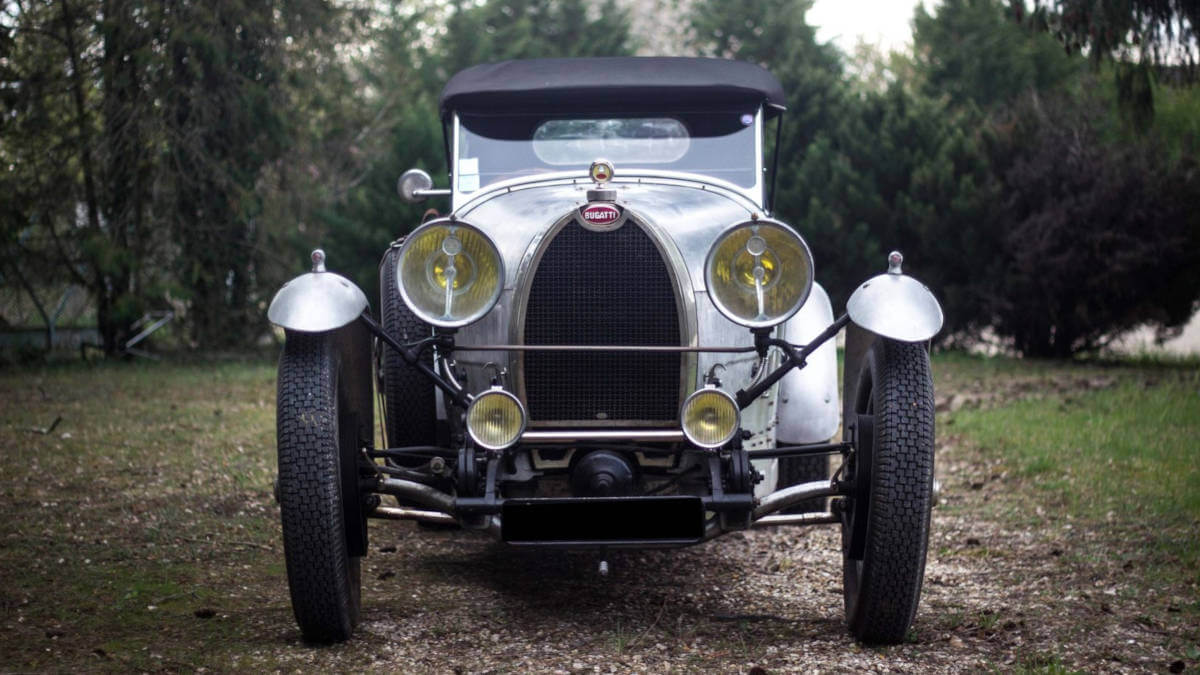







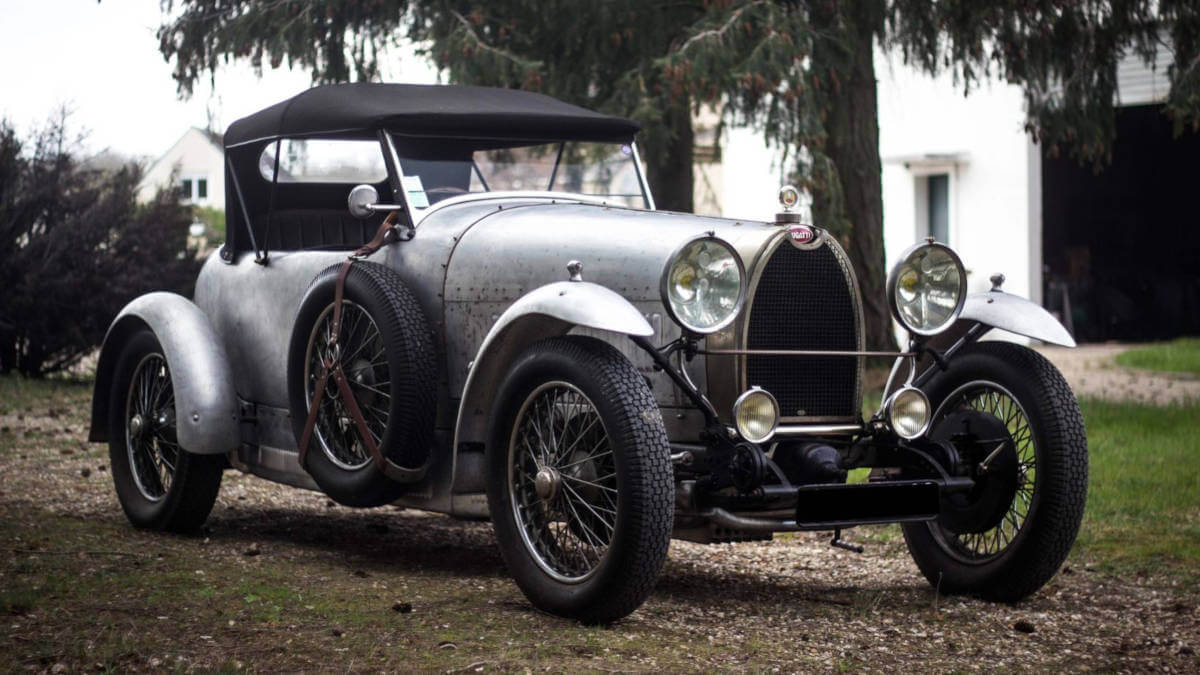



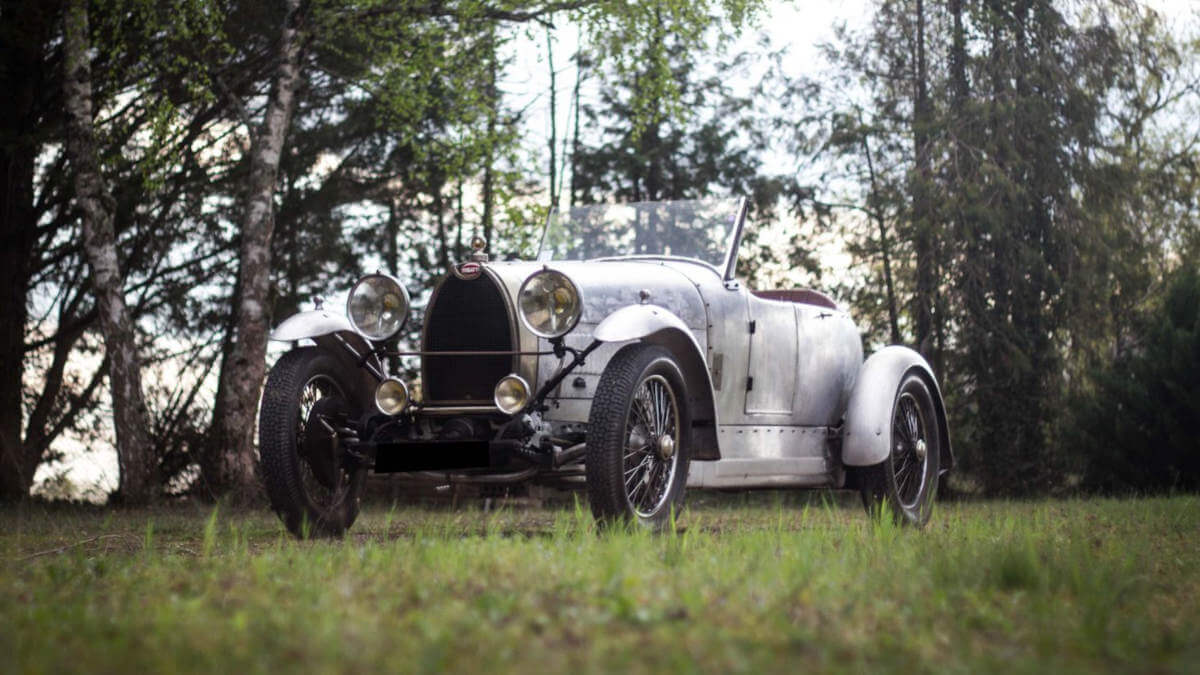







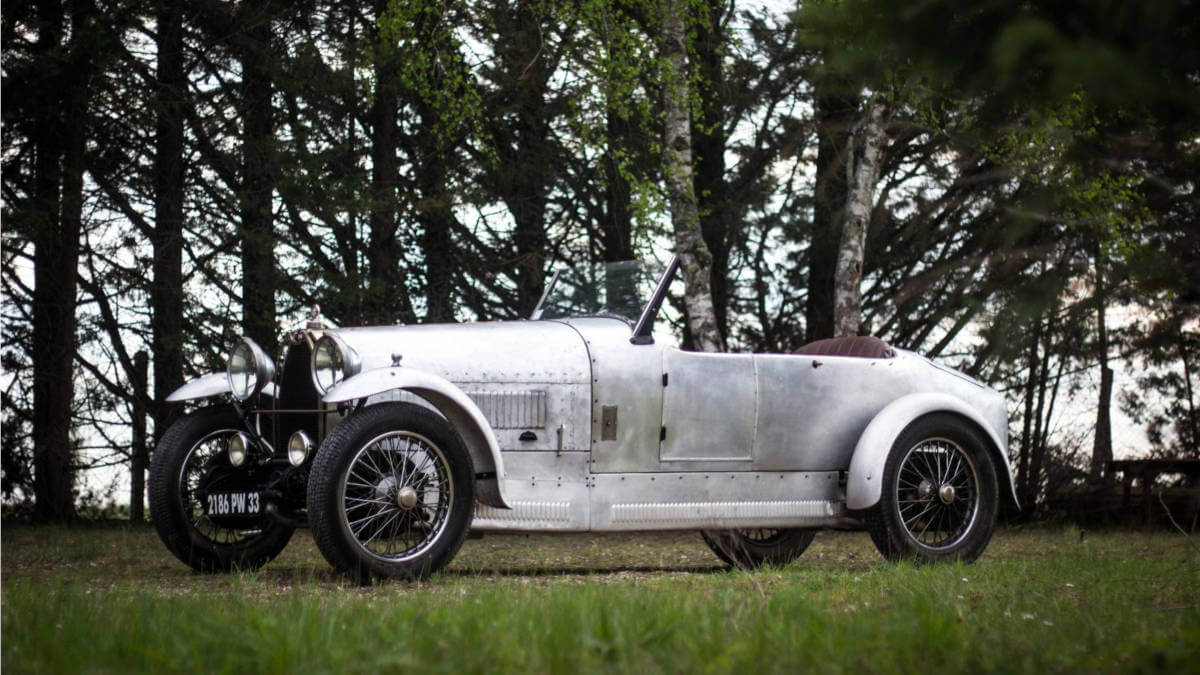



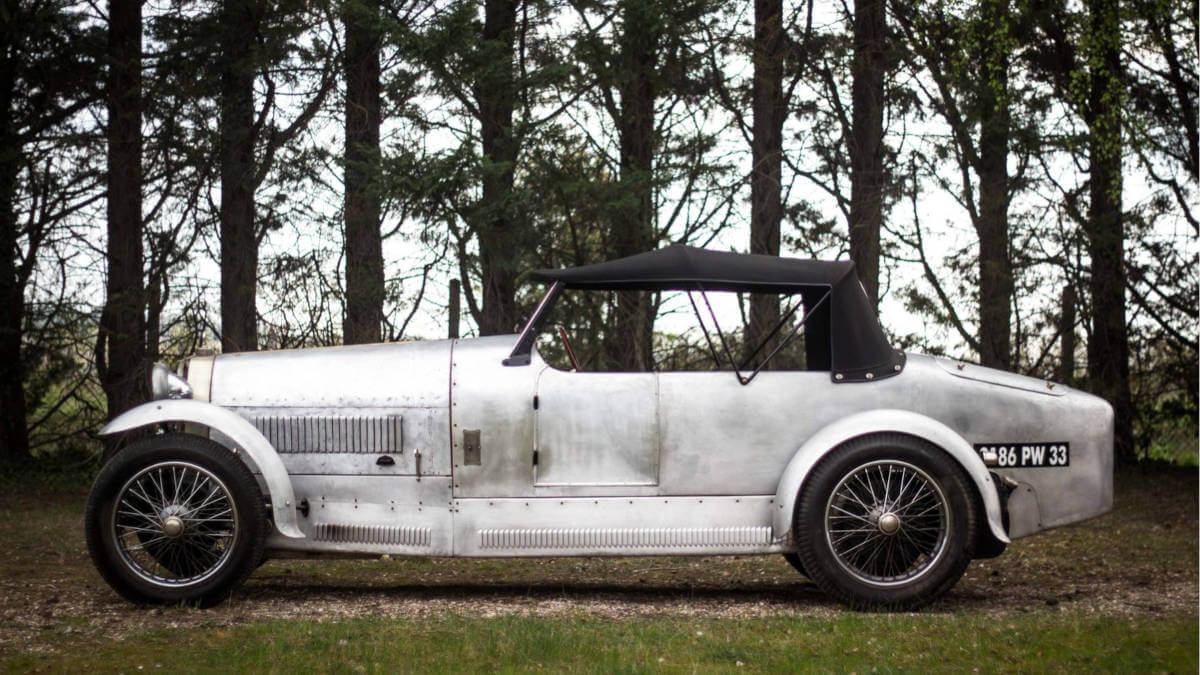



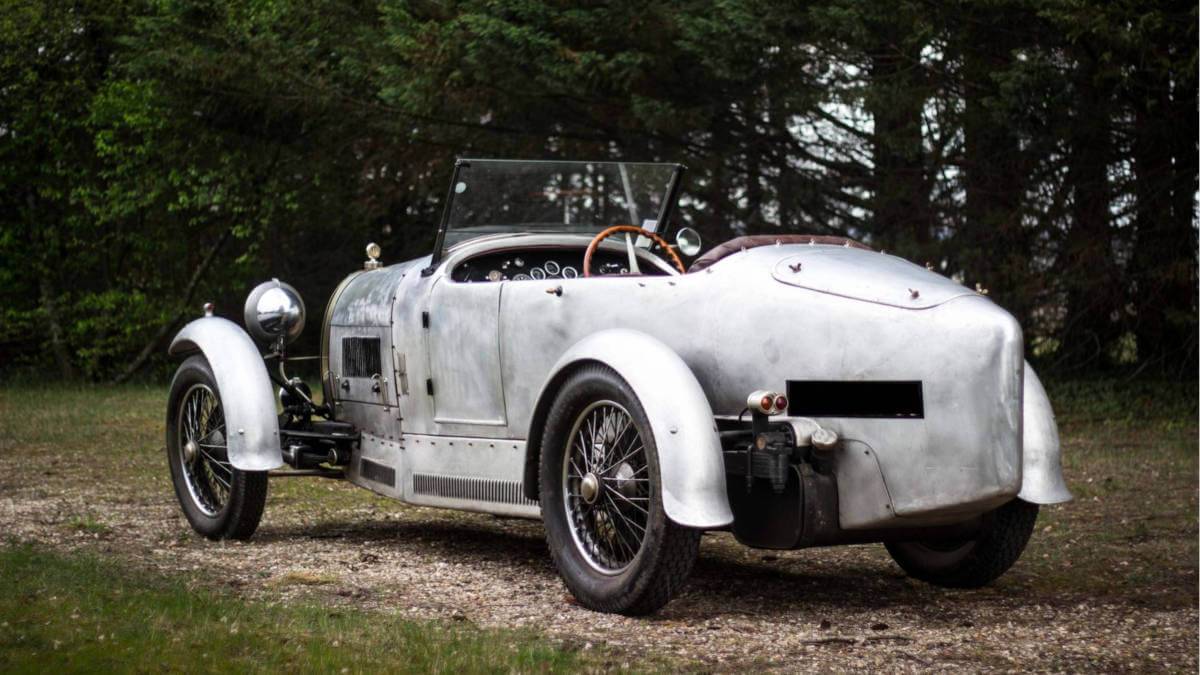



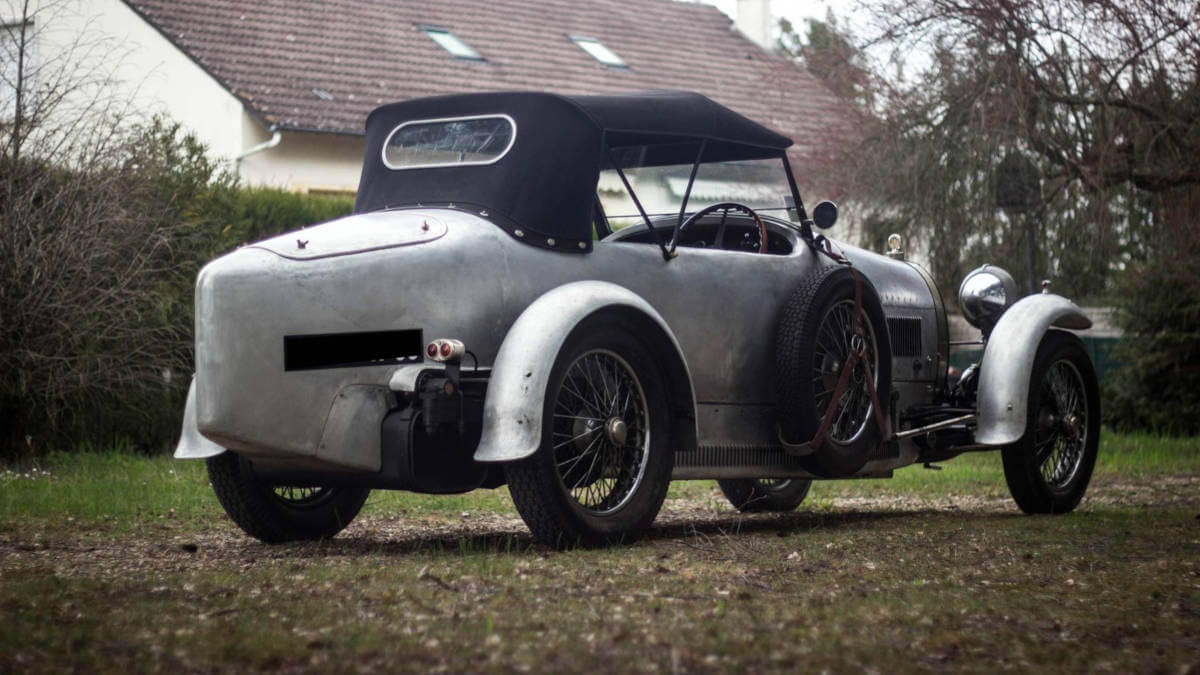



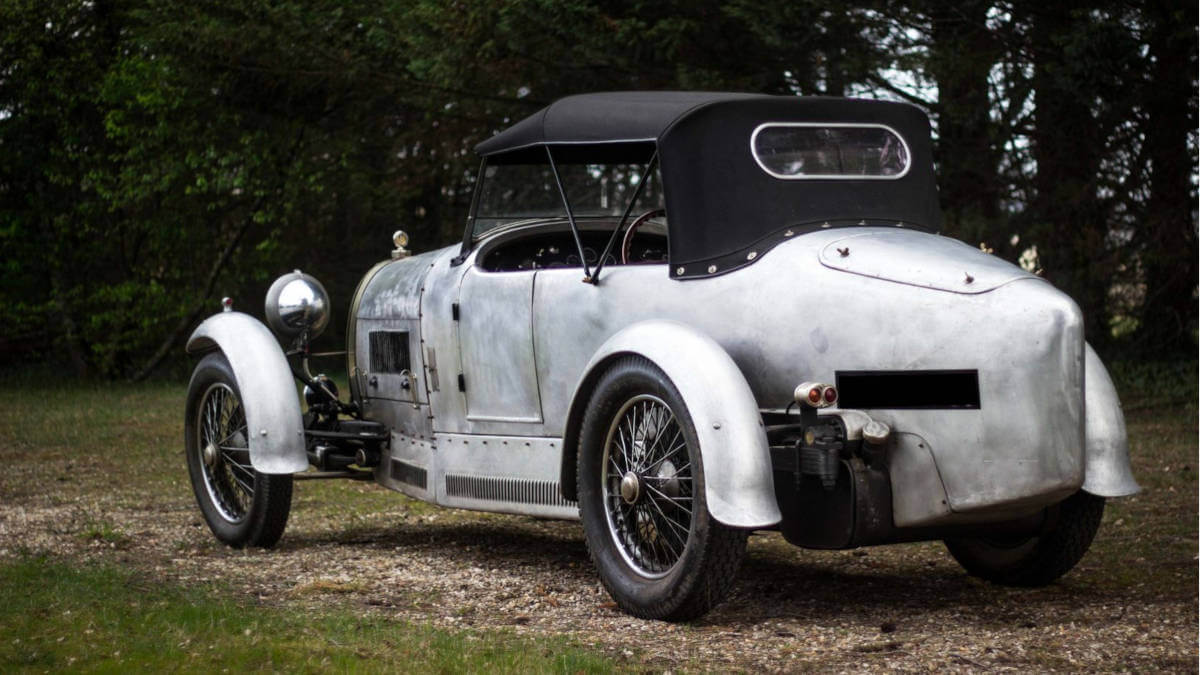



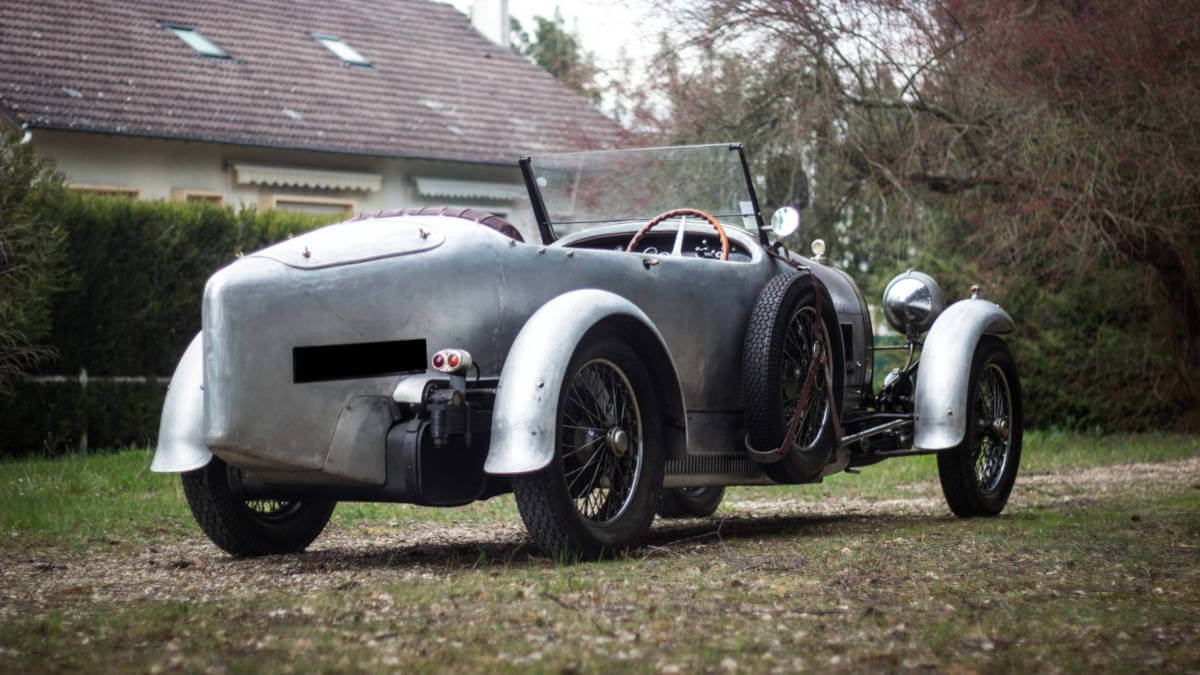



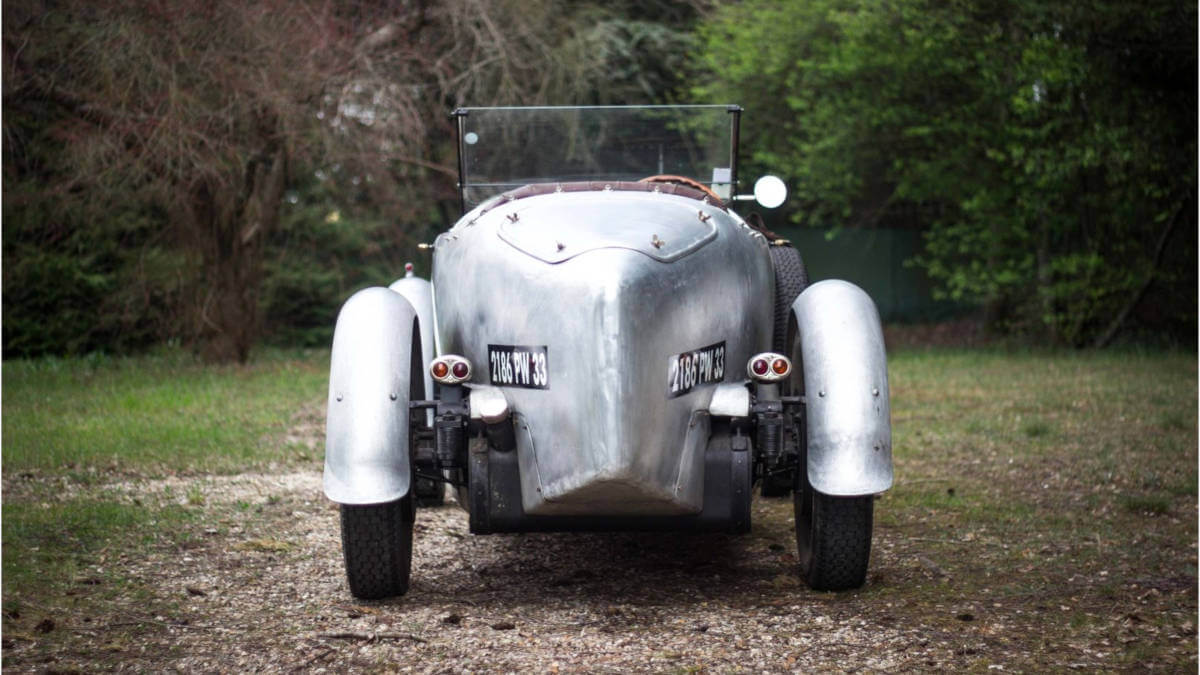



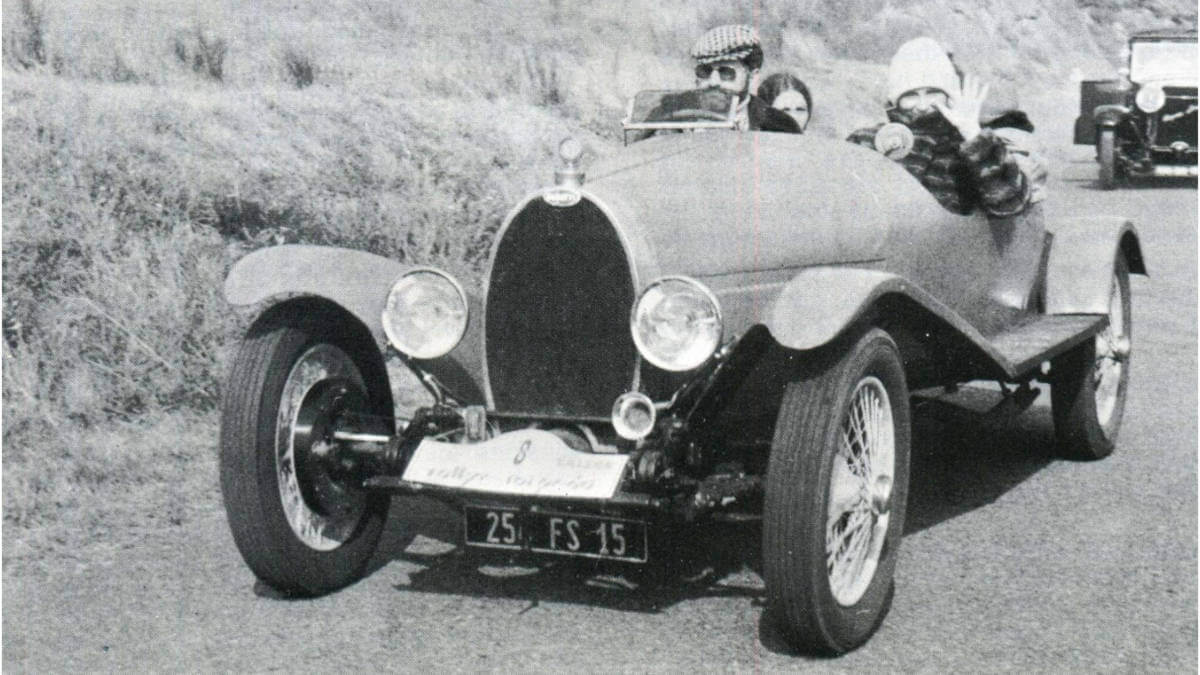



Only around 40 Type 38s still in existence today
At that time, it was common practice for almost all manufacturers to produce only a drivable chassis with all technical components in the respective production plant. Only a few brands had their own departments for coachbuilding. Bugatti was one of them, but also offered the different model series as bare chassis, which meant that customers could have independent bodies built by the coachbuilder of their choice. The wheelbase of the Type 38 was 3,122 millimeters. It was used to build two-door sedans with two or four side windows, roadsters and coupés with rounded rear ends, and touring cars. Bumpers were dispensed with ex works. By 1930, around 385 examples had been built, of which probable around 50 were Type 38 A models. Today, a total of around 40 cars are still in existence. At the auction house Osenat, a Bugatti Type 38 will go under the hammer this afternoon. The car with chassis number 38325 went to a Parisian coachbuilder in December 1926 as a bare chassis together with eleven others.
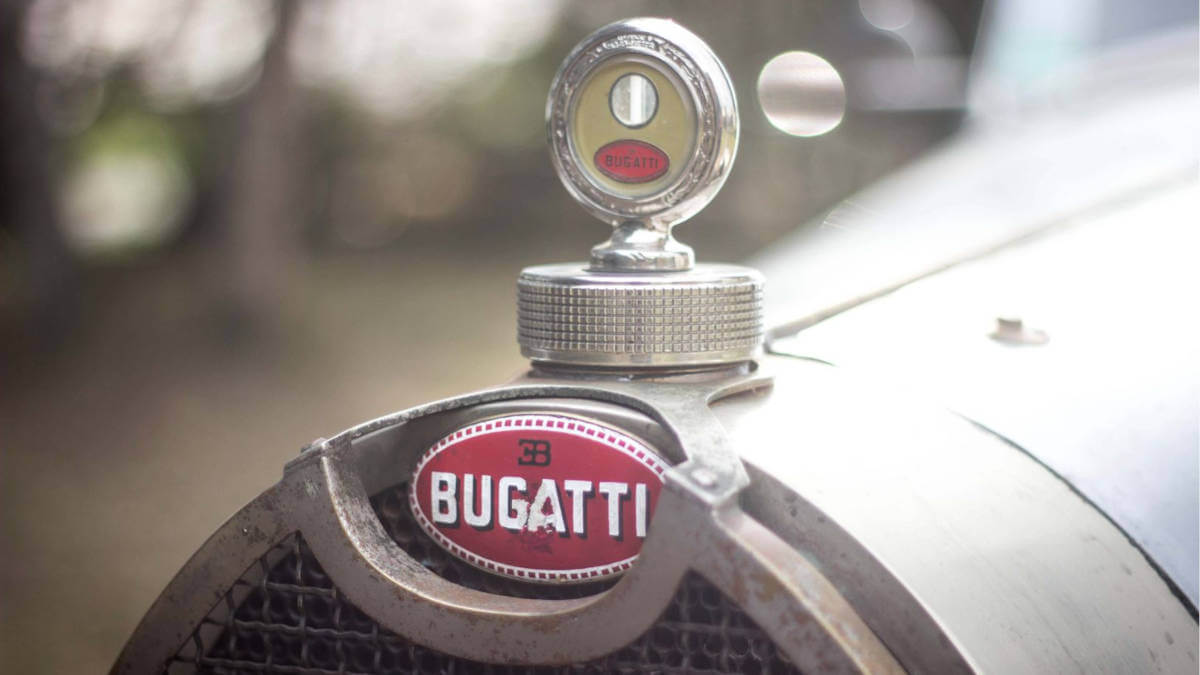



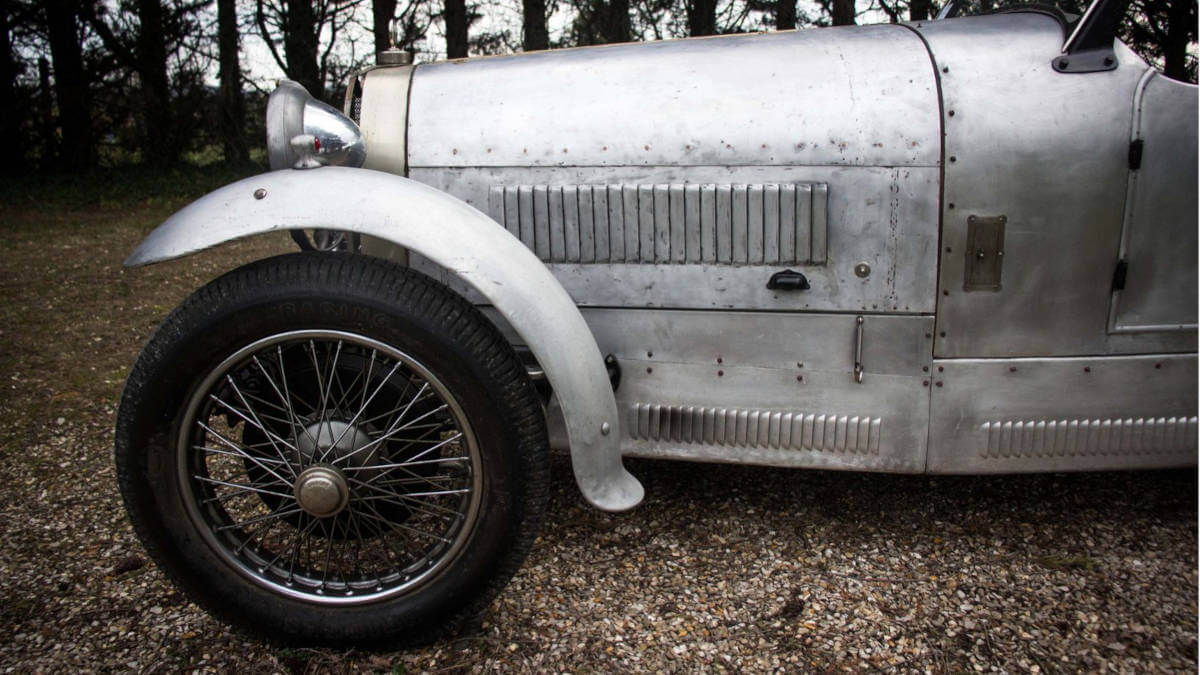



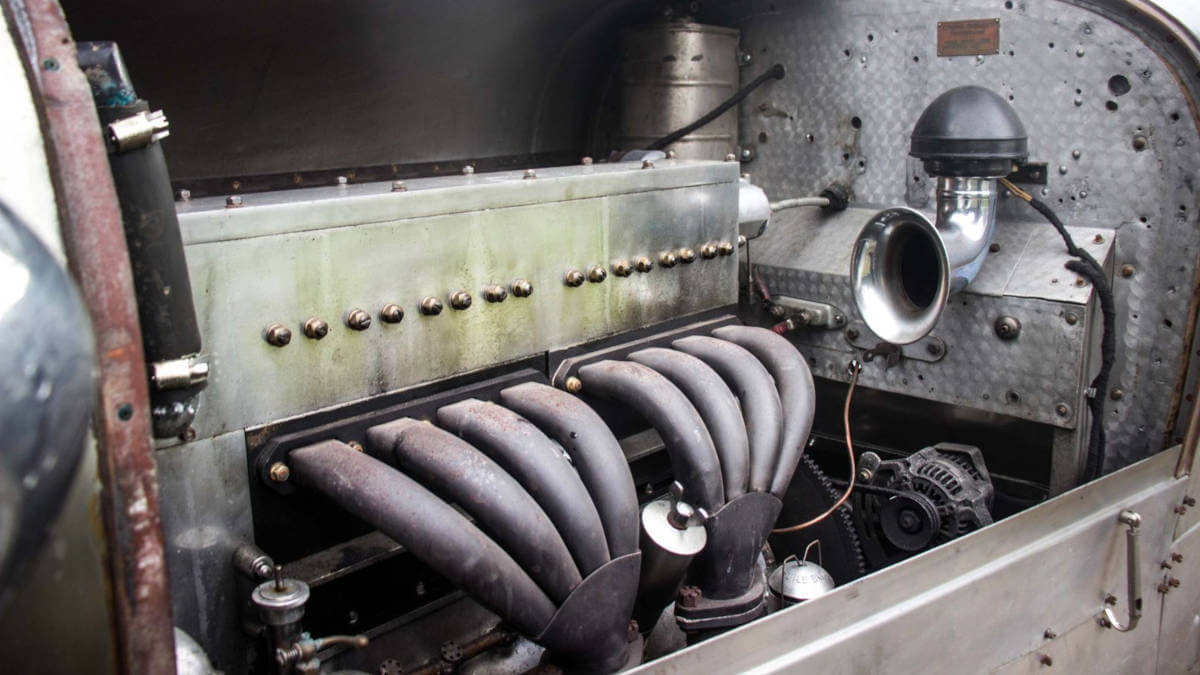







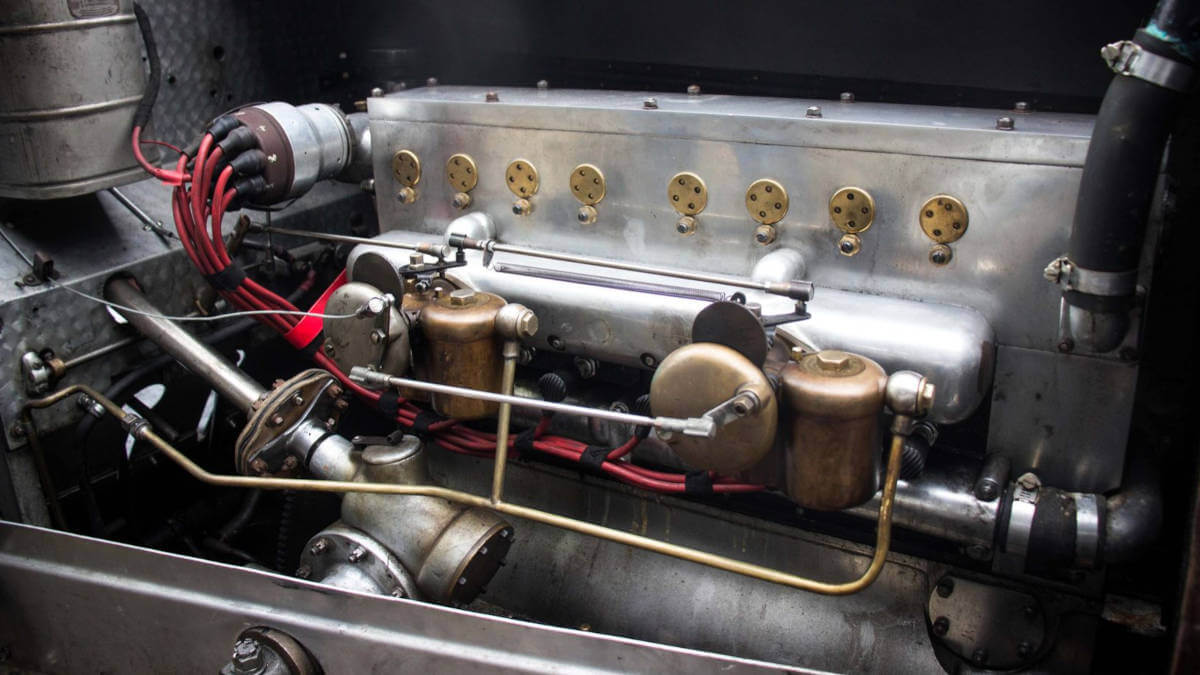



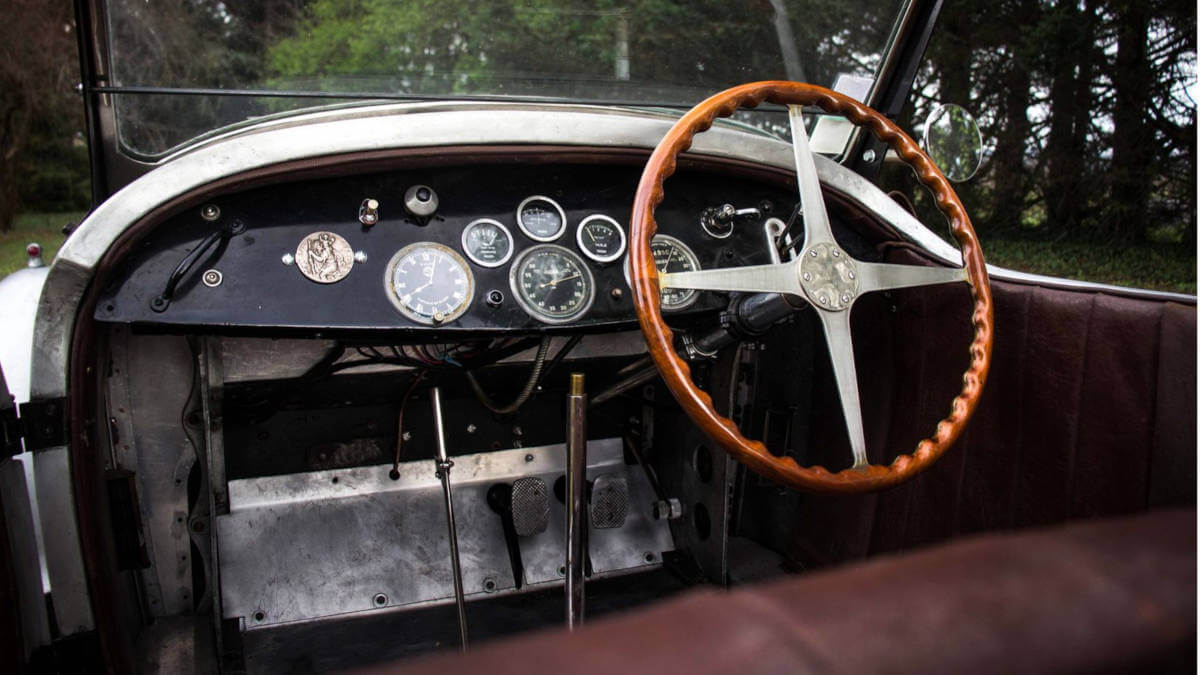



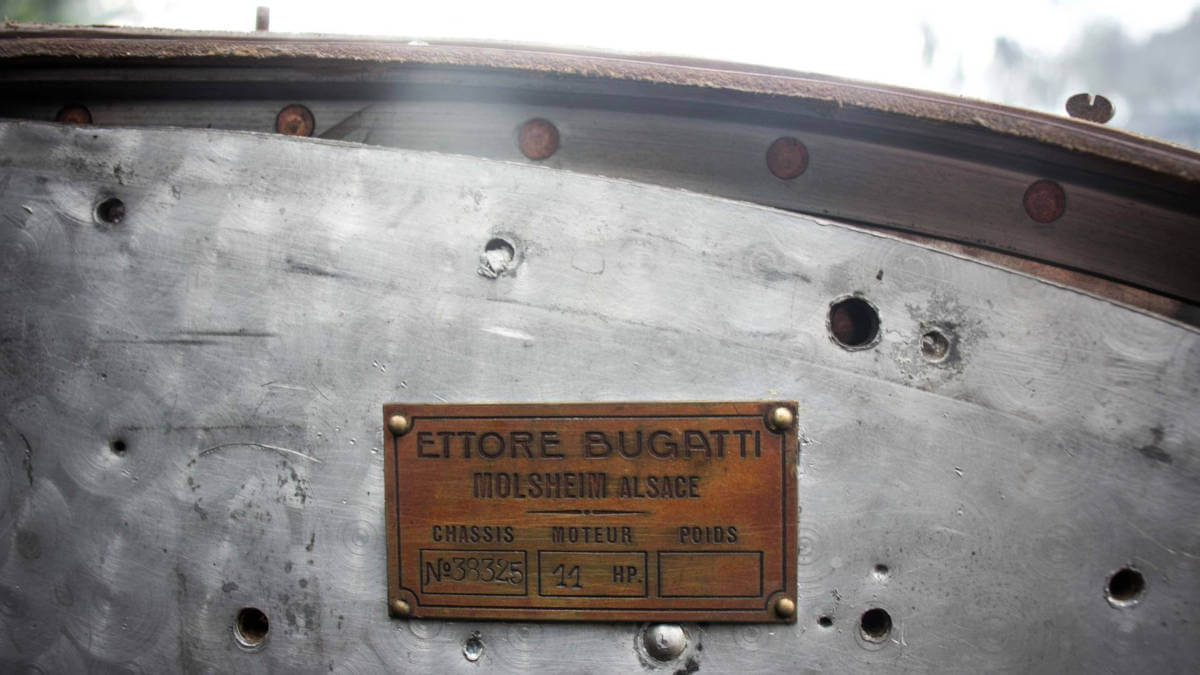







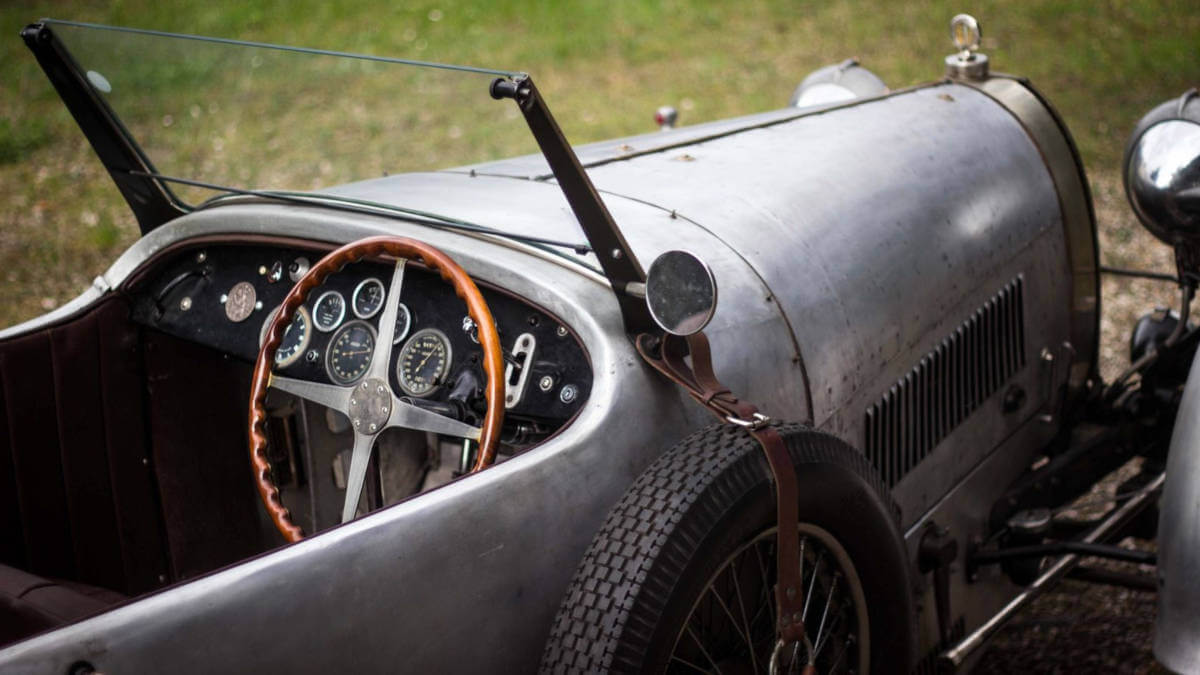



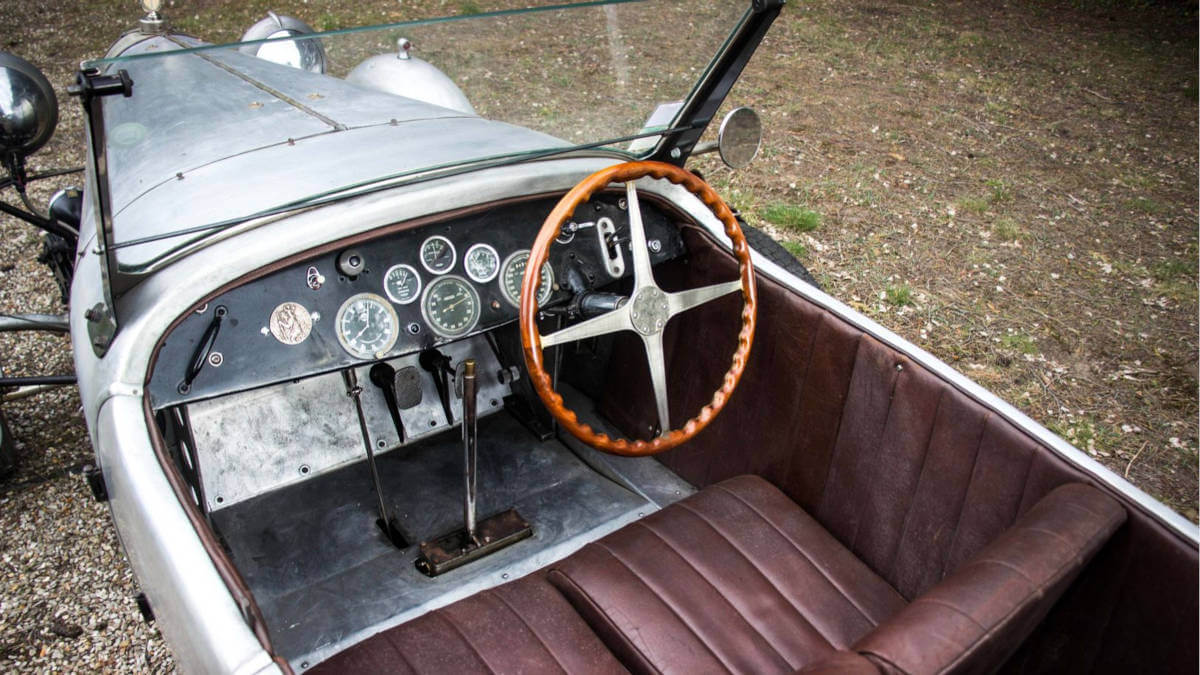



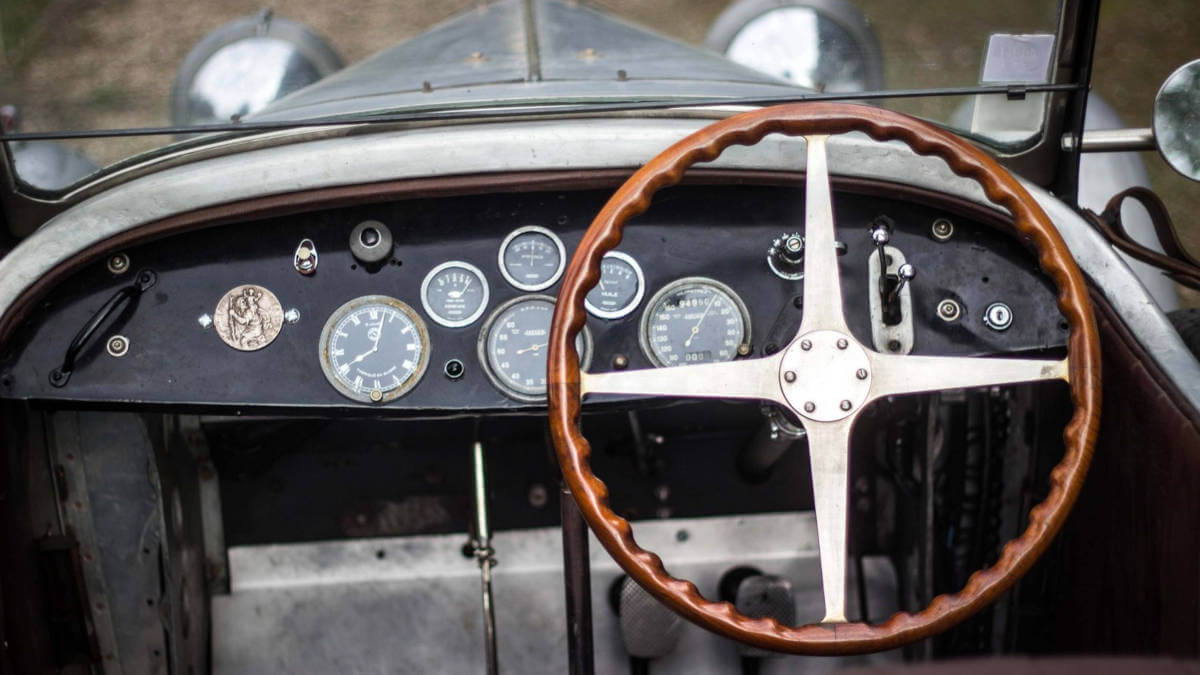



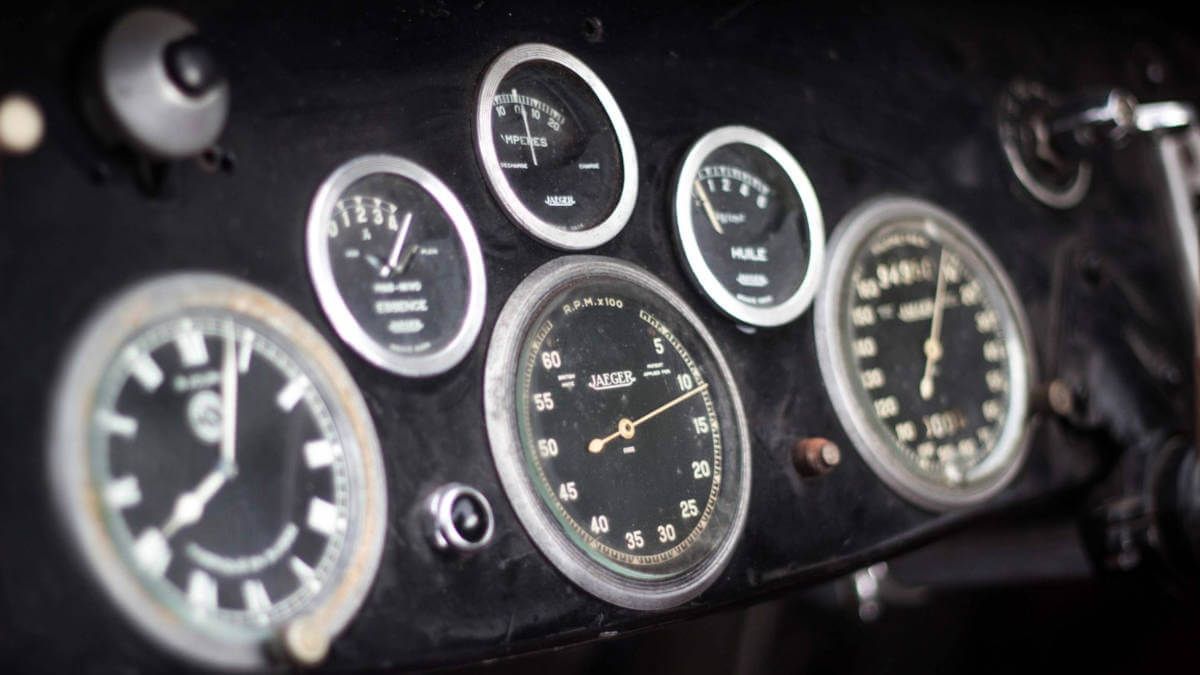











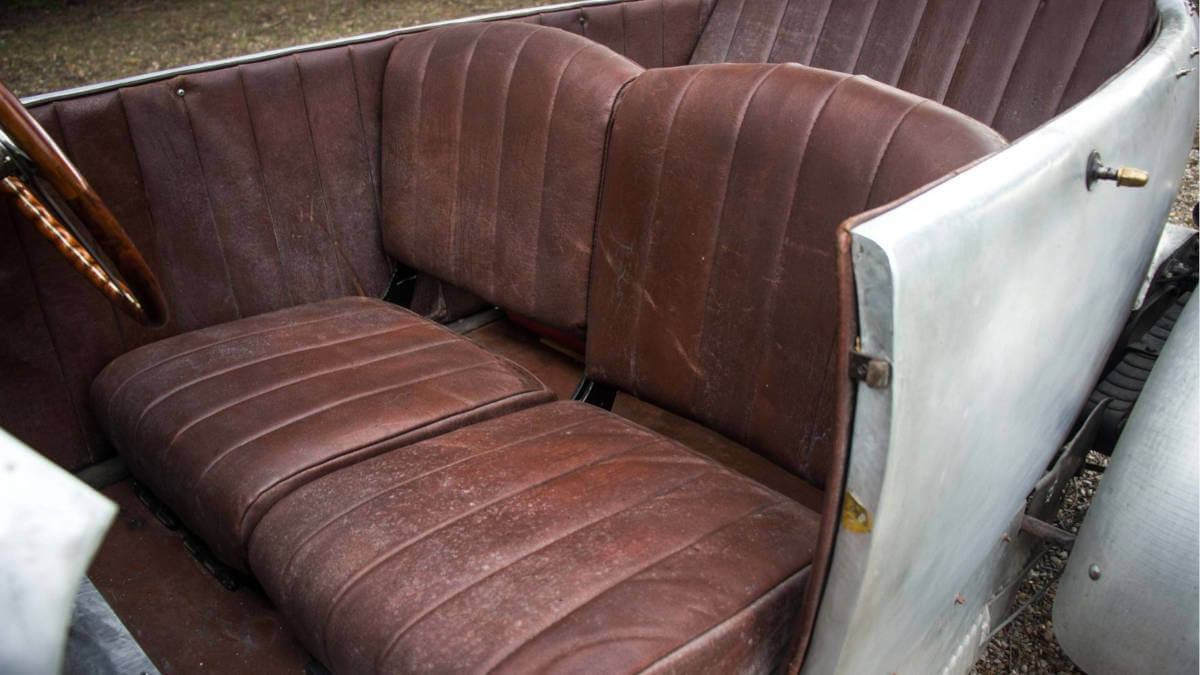



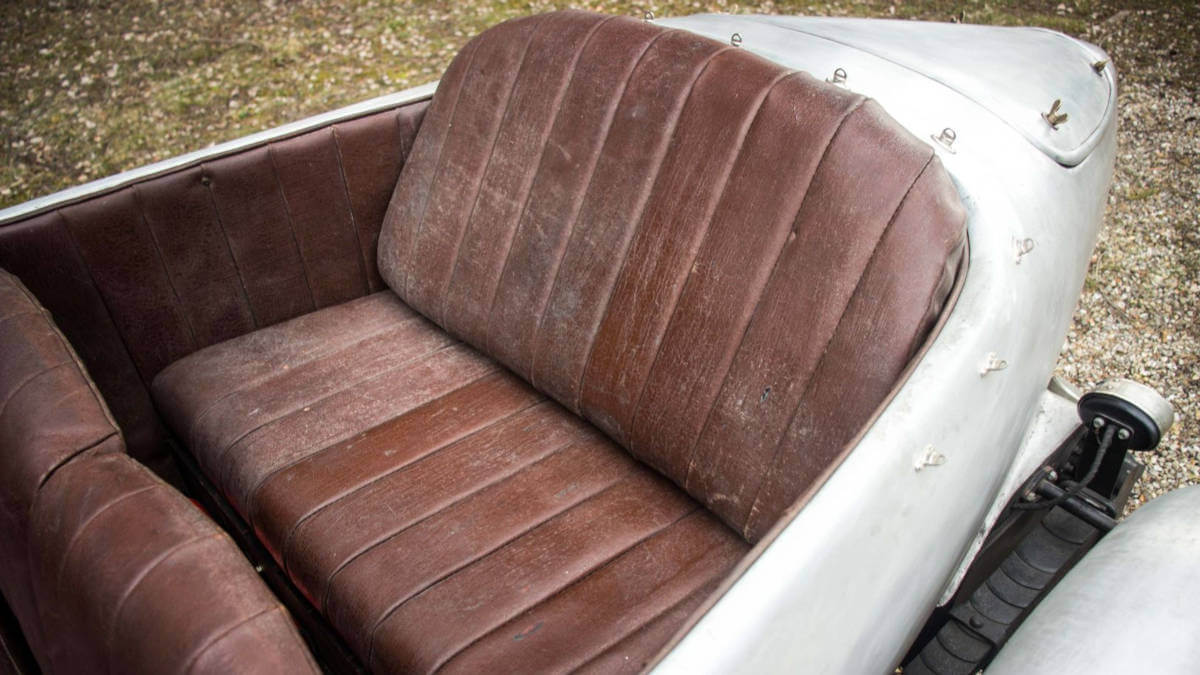



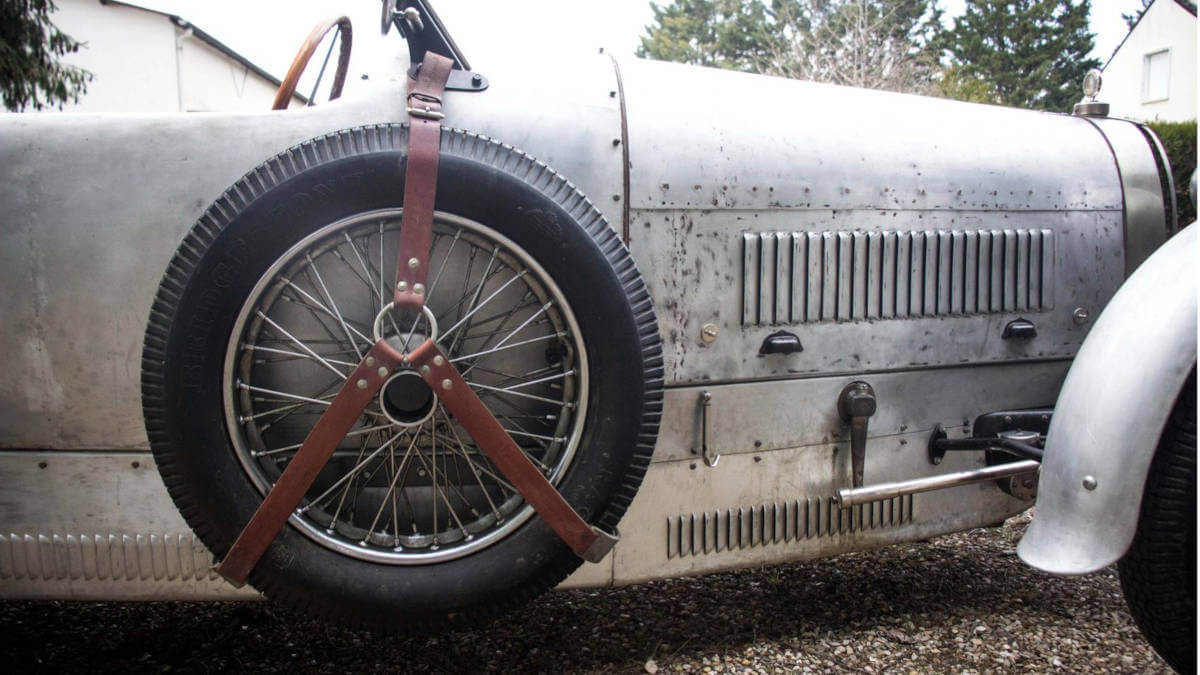



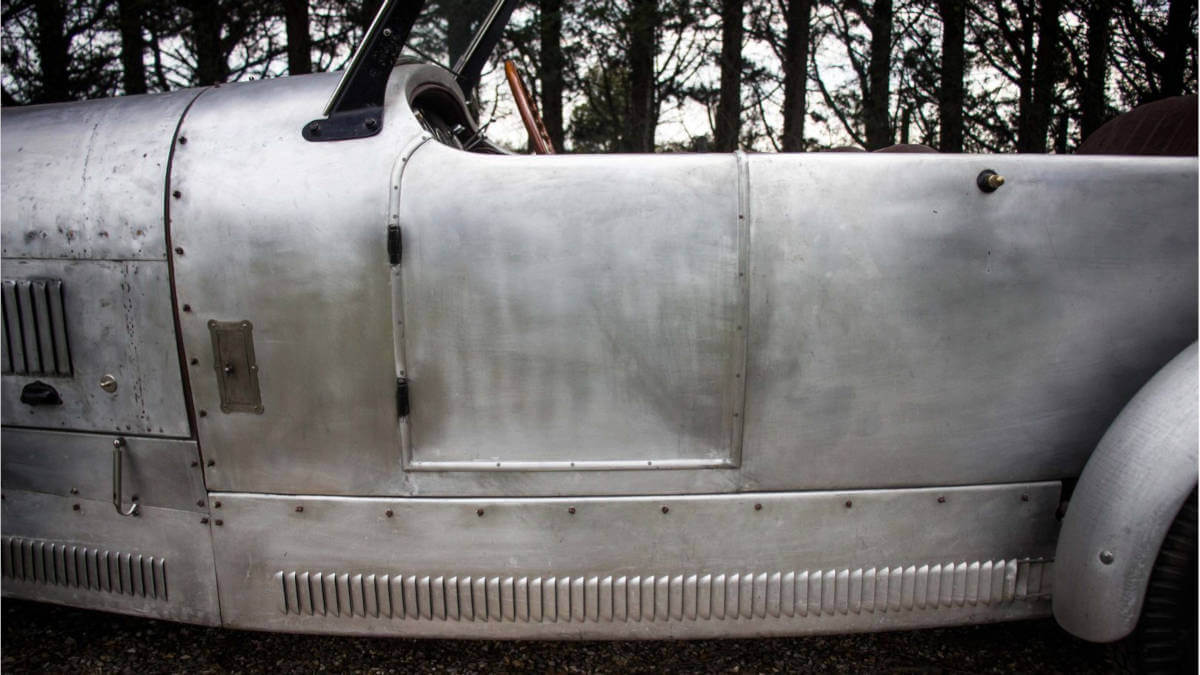



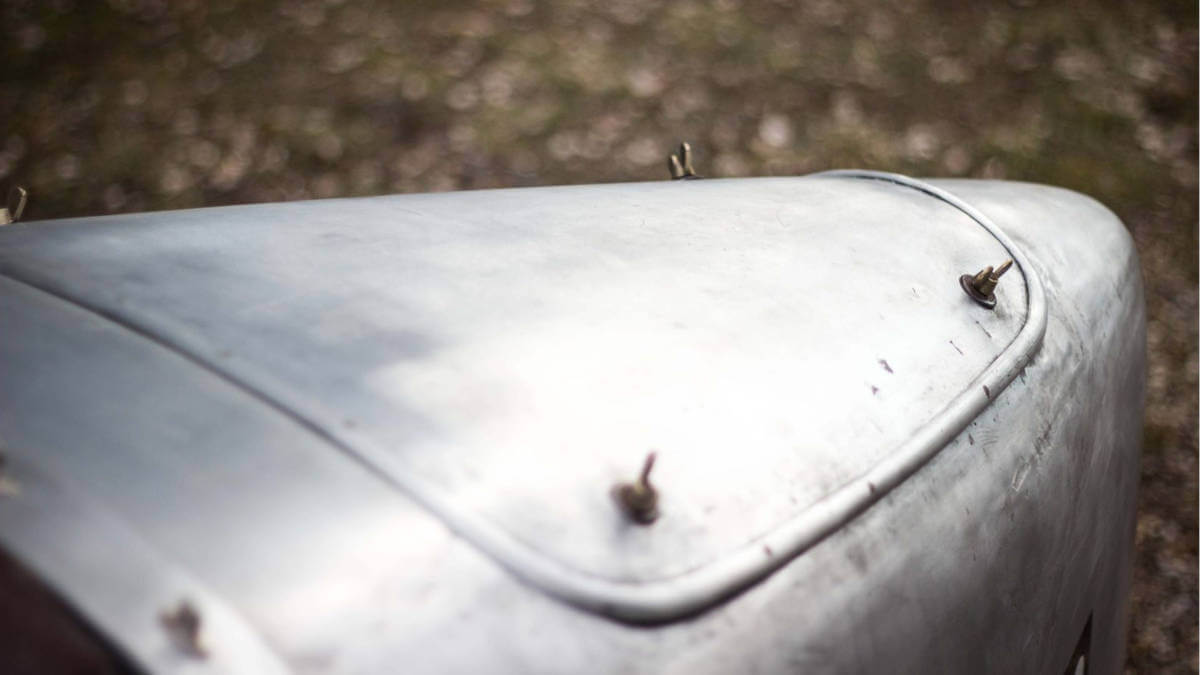



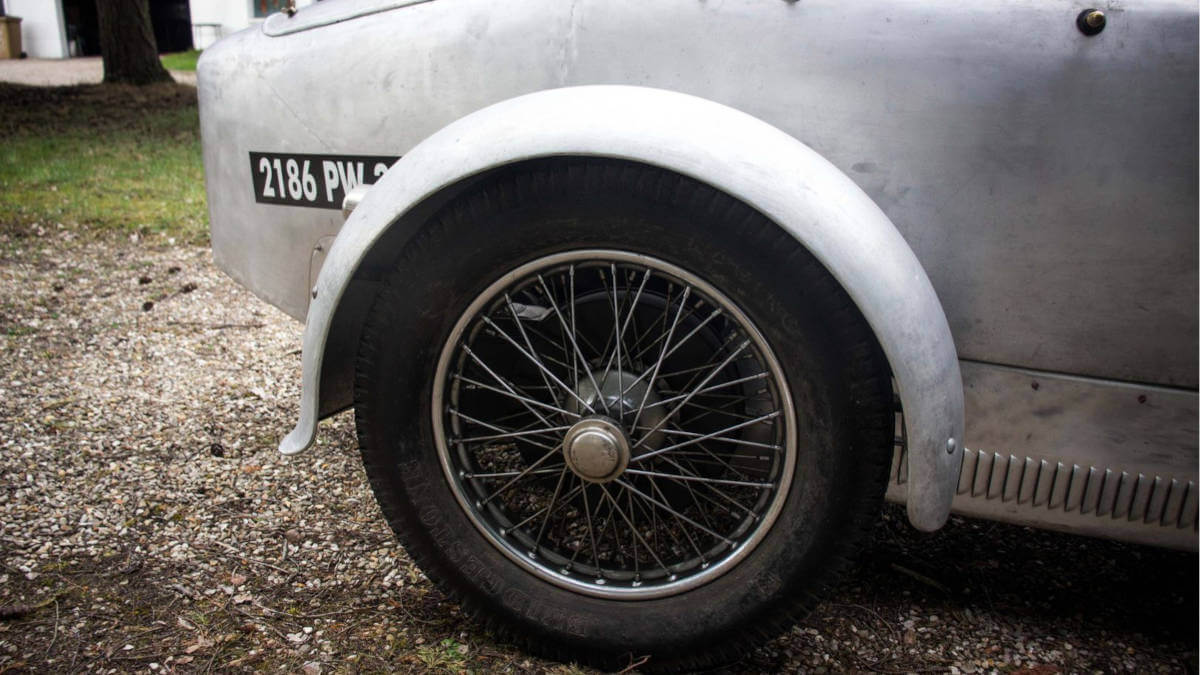



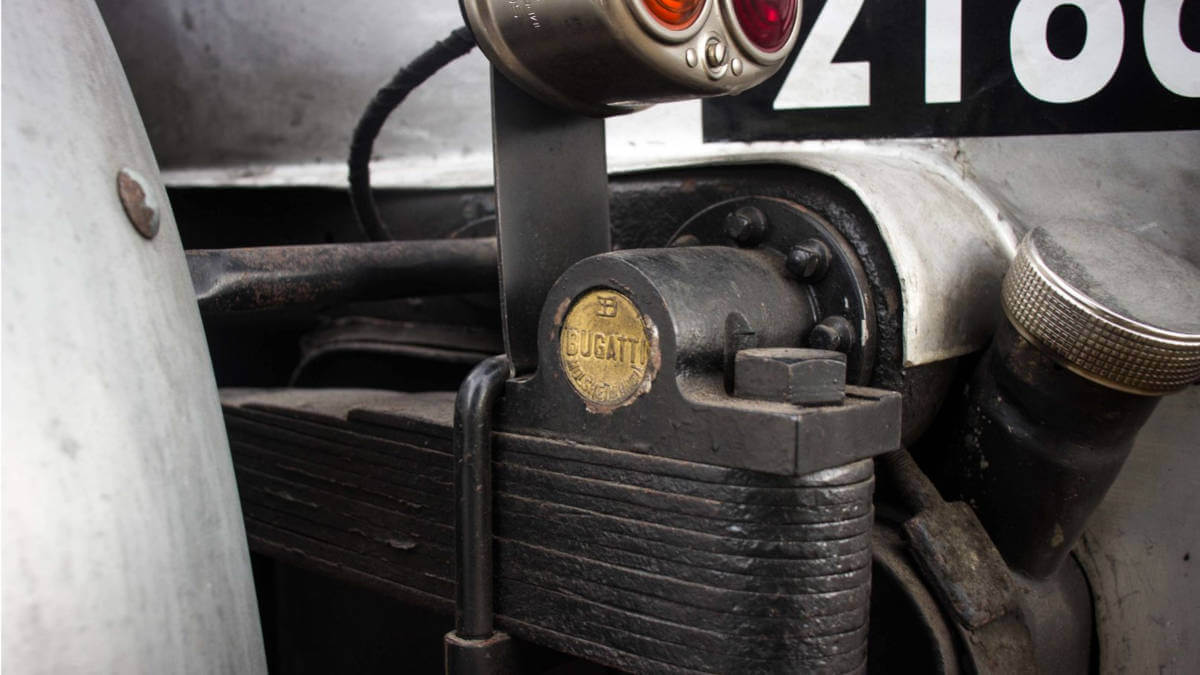



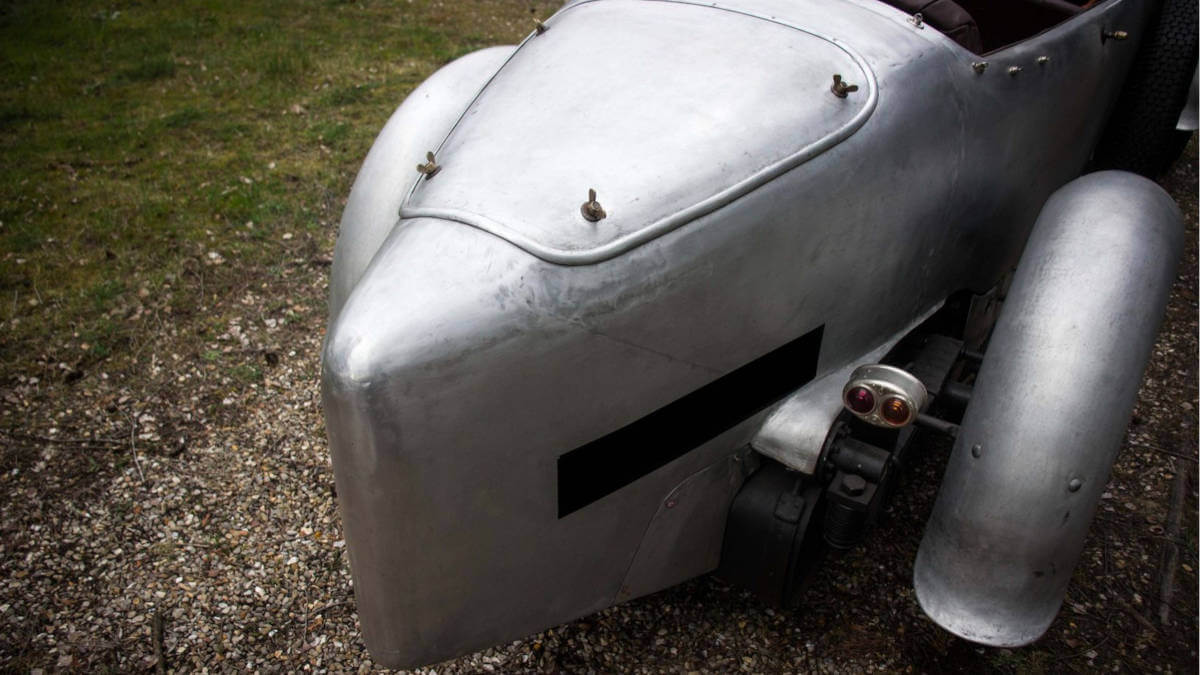



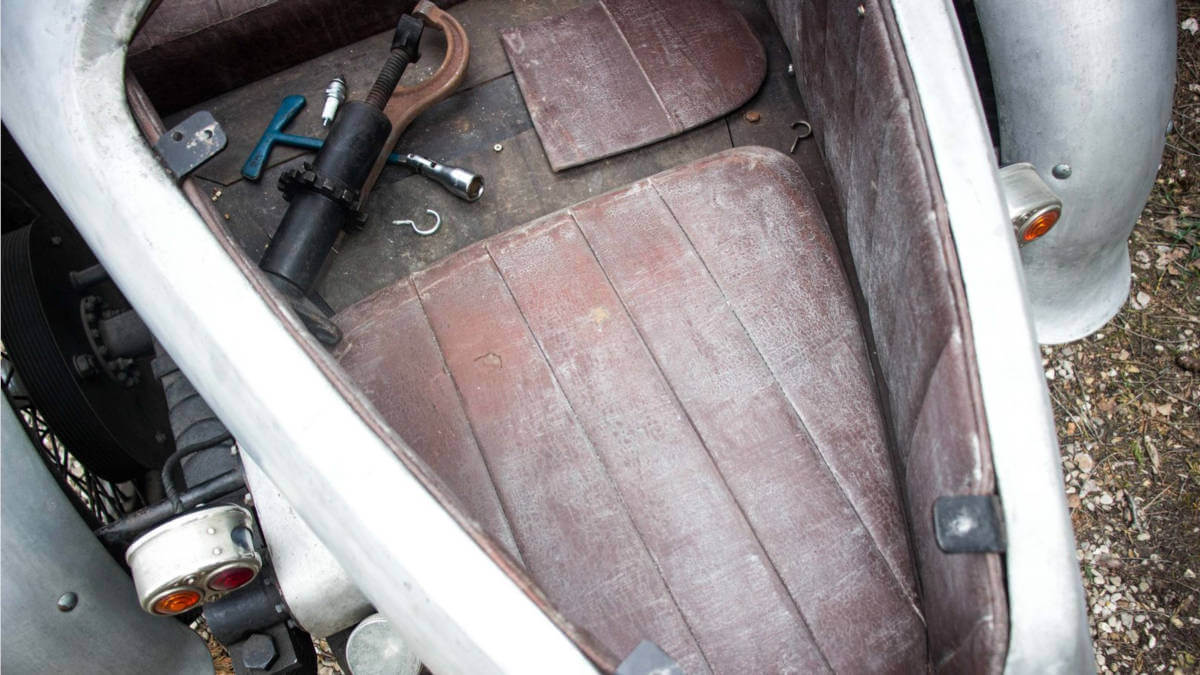



Early vehicle history unknown
Presumably, the car received a convertible body from Weymann. Who was the first owner isn’t known today. Presumably it remained in Paris, where the pre-war registration was lost during the war. On the other hand, it is also possible that this Bugatti ended up in the Rhône area before the war, as it was registered before 1955 on license plate 3481AJ69. In 1960 it was sold to Lyon, then in the early 1970s to collector Philippe Ville. Here the Type 38 arrived as a bare chassis with hood, headlights and two seats. His son René carried out the restoration, designing a four-seat Torpedo body for it in the style of Lavocar & Marsaud. It was build and painted orange by mechanics and painters in Aurillac. In 1996, the Ville family sold the car to René Giordano in Cannes. Ater a few drives, he exchanged the original engine for a replica from Pur Sang in Argentina, as he needed the Bugatti engine for a Grand Prix racer project.
Replicated Grand Sport body
After a short time in Serge Clement’s garage, the current owner bought the Bugatti in 2001. He had a Grand Sport design body created and mounted on the chassis. The frame, badging and front axle are proven to be original parts from chassis number 38325. Osenat expects a hammer price in the range of € 300,000 to € 400,000.
Images: Osenat




